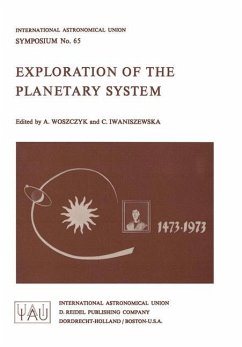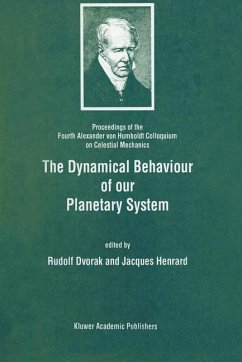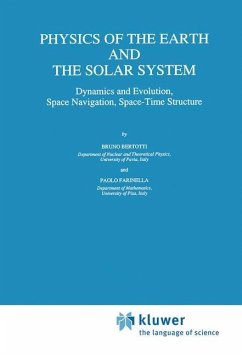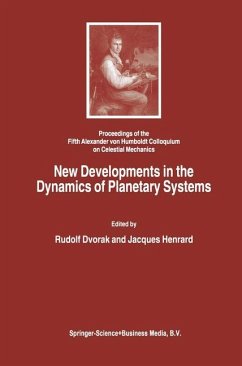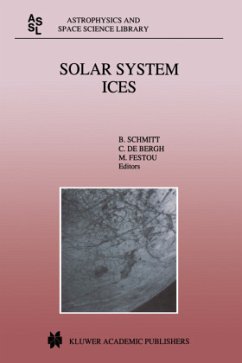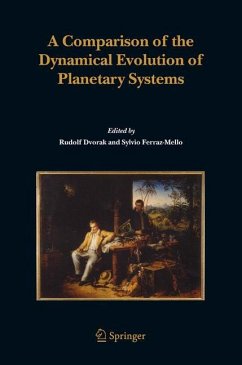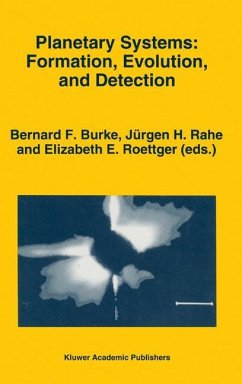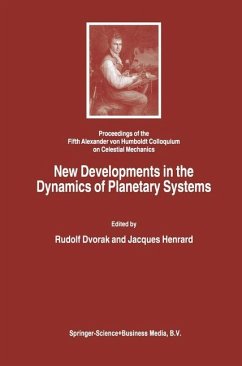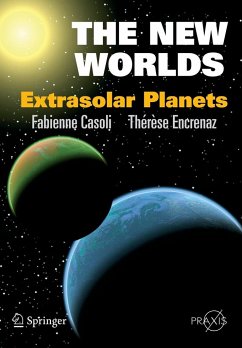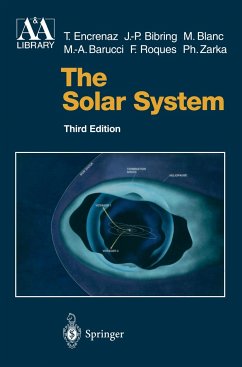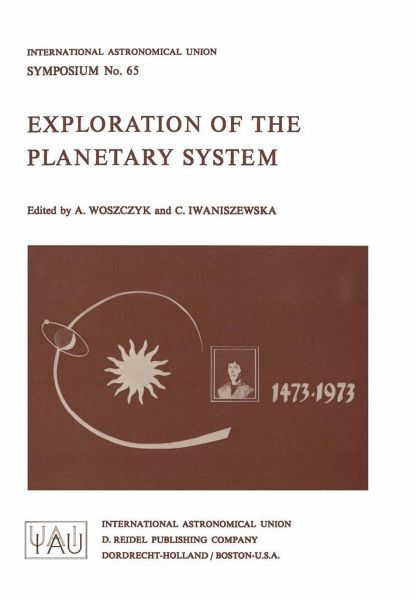
Exploration of the Planetary System

PAYBACK Punkte
47 °P sammeln!
The idea of a symposium devoted to the contemporary knowledge of the world of Copernicus - the planetary system - to commemorate the 500th anniversary of his birth, came during the XIV General Assembly of IAU in Brighton. The Executive Committee has approved it in the program of the Extraordinary (Copernicus) General Assembly ofIAU in Poland in 1973. The IAU Symposium No 65 (Copernicus Symposium IV) on the 'Exploration of the Planetary System' was held in Copernicus' native town - Torun, Poland, from 5th to 8th September, 1973 under the auspices of Commissions 16 (Physical Study of Planets and Satellites) and 40 (Radio-astronomy) and the co-sponsorship of COSPAR. There were about 140 invited participants from 29 countries and about the same num ber of other participants to the Extraordinary General Assembly of IAU who came to Torun to attend the sessions of this symposium. Special funds of the Polish Acade my of Sciences made possible the participation of several young astronomers in this meeting. We are very grateful to Professor P. Swings, the Director of the Astrophysical Institute of the University of Liege, Belgium, for accepting the task of chairing this symposium. His expert and enthusiastic guidance helped us constantly in the prepara tion. The efforts of the Members of the Scientific Organizing Committee are also very much appreciated. Special thanks are due to Professors A. Dollfus and T. Owen.



